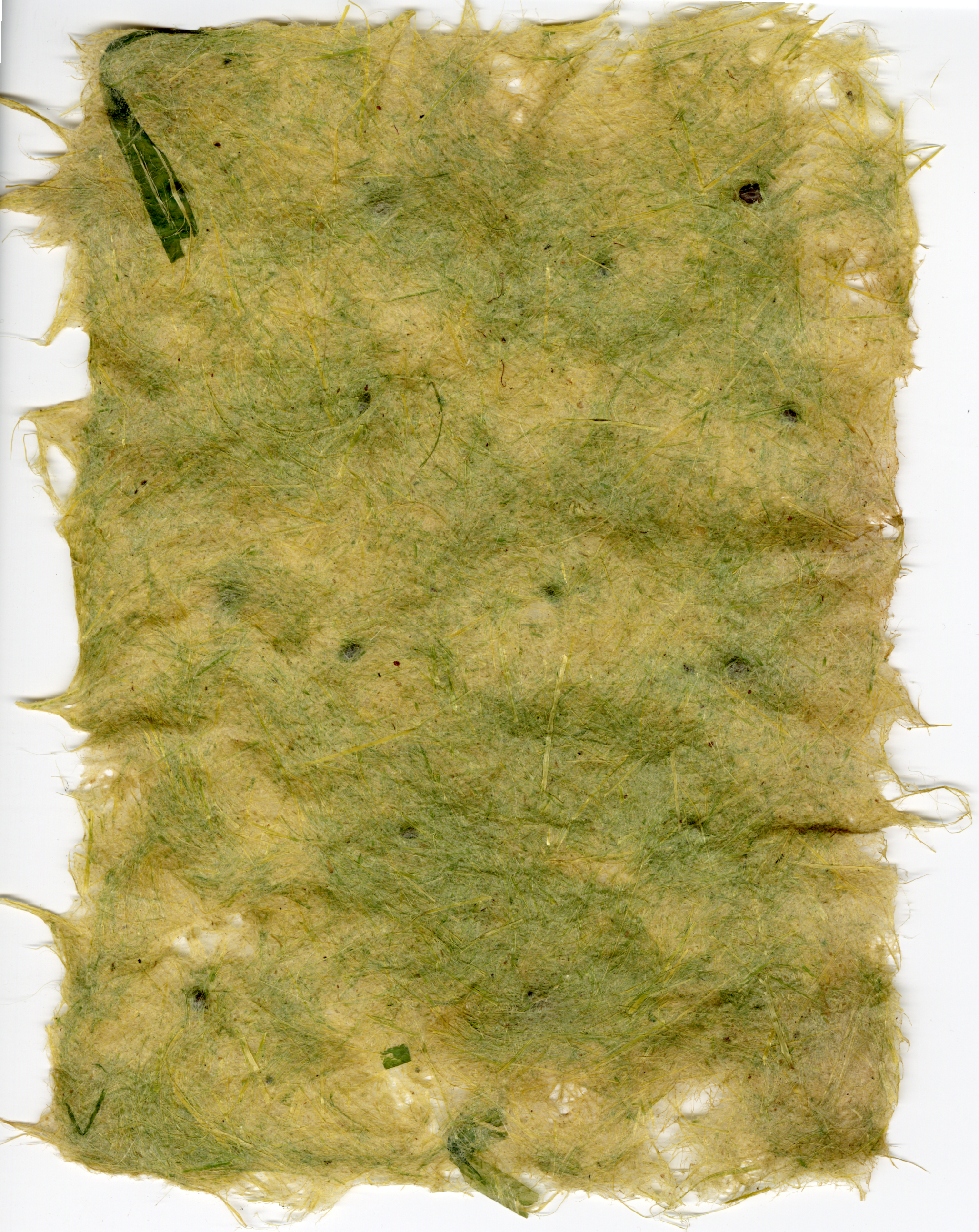
A self-sufficient solution to biodiversity loss.
BIOTURF is a sustainable product and service which aims to make the process of growing a native plant garden more efficient and easy for individuals, families, businesses, and cities to implement in their free soil or garden spaces.
This is achieved by a layering of materials including a sheet of fibrous plant matter embedded with native plant seeds, a layer of humus-rich soil, a mycelium mulch, and corrugated cardboard. These components are engineered and designed to fit the particular needs of the user to optimize the growth and longevity of the resulting garden.
The product is fully customizable through an online ordering process that has the BIOTURF delivered directly to users which they can then implement into their garden spaces following a few simple steps.
The overall objective is to help educate local San Francisco Bay Area residents on the importance of biodiversity, reintroduce plant species that are endangered, and rejuvenate local ecosystems through these efforts.
This project that was part of the 2023 Biodesign Challenge Competition.
What is Biodesign?
Biodesign is a design approach that incorporates both technical and organic biological factors or organisms, forming a creative collaboration that aims to solve an overarching environmental, social or anthropological issue a certain population faces.
The Biodesign Challenge is an international competition allowing young designers from all over the world to test their creative abilities to make innovations in biotechnological design and potentially win awards for their work.
Design Opportunity - Bay Area Biodiversity Loss
The New York Times.
The Bay Area is one of the 6 most important biodiversity hot-spots in the United States
Over 90 Bay Area native animal & plant species are threatened or endangered
Expansion of urban sprawl, pollution of existing ecosystems, and invasive species and disease
Clear need for biodiversity recovery & restoration, especially urban/suburban locations
Design Opportunity - Food Webs
Keystone species inter-dependency
There is an abundance of polinators that rely on very few plant species to survive - these plants are keystone species
There is a misconception that this does not affect humans, but without these crucial organisms, we have less pollinators to help grow our food for us to survive.
An important part of finding solutions to problems concerning biodiversity loss & climate change is re-establishing human’s ecological responsibility & role within these systems
Native Wildlife Expert Consultation
Contacted Native Wildlife Specialist Kathy Kramer and proposed the project vision.
She provided advice on growing a native garden & various resources on biodiversity importance
Key Takeaways:
User might need to do sheet mulching to prepare and cover up existing lawn space
Suggests choosing plants that can tolerate sunny areas
Possible need for a tree (i.e. Oak) to provide shade
Attempt to preserve pre-existing lawn as it can be used for its topsoil & consolidates carbon
Ideation & Concept Development
Researched native gardens & their needs
Explored areas of application (small scale planters to road dividers and roofs)
Considered sustainability of shipping, materials, and overall user experience
Experimentations - Seeded Paper
Went through several trials of fabricating a seeded biosheet using paper-making tools and various fibrous plants including lawn trimmings and lily leaves.
Certain plants were more difficult to work with and deteriorated quickly after the drying process
Lawn trimmings proved to be the most easily layered with native seeds and remained intact as a material
Final Concept - BIOTURF
1. Seeded Biosheet
Fibrous sheet made from invasive plants embedded with seeds. Would also include printed guidelines to show which plants will grow where.
Balanced soil = healthy plants. This layer includes Compost which provides a variety of bacteria to keep the soil alive
2. Humus-Rich Soil
Mulch inoculated with a mycorrhizal fungus. Allows mycelium to form symbiotic relationships w/ the plant’s roots
3. Mycelium Mulch
4. Corrugated Cardboard
Assists in the mulching process - grooves trap moisture & smother grass/weeds underneath.
User Experience - Scanning Feature
The Process of ordering BIOTURF for your garden space would begin with a scan of the user’s environment
Collaborating with the environmental scanning app, iScape, the BIOTURF mobile service allows users to customize and build their native garden virtually before ordering
Manufacturing & Packaging
Once an order is placed, the product is manufactured and labeled based on the user’s submitted “garden blueprint”.
Layers would be dehydrated prior to shipping to prevent any growth during transit, then rehydrated by the client upon delivery and application.
Package would include specific care instructions, extra humus soil, and decorative items
Cardboard from the box can also be used in the mulching process
Product Application
Once the package is shipped to the user, the customized BIOTURF product can be unrolled onto a fully mulched area, before being fertilized and watered.
Results can begin to appear anywhere from 3 weeks to 3 months from initial integration (may vary depending on the plants & season), full results show in a year with a garden lasting for up to 20 years with proper care and maintenance.


























